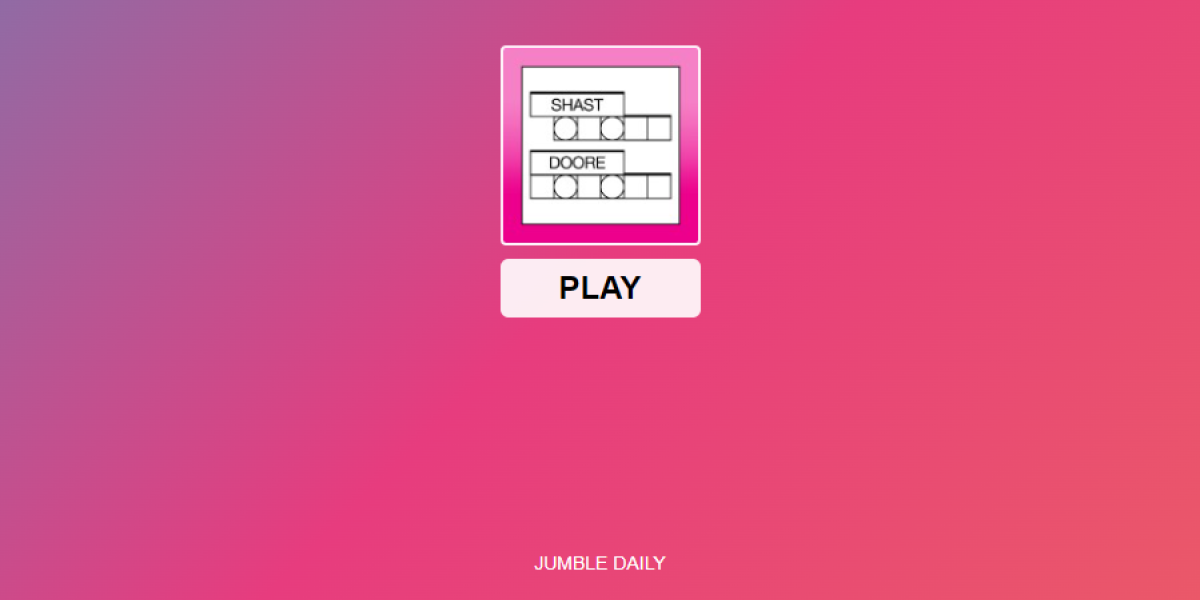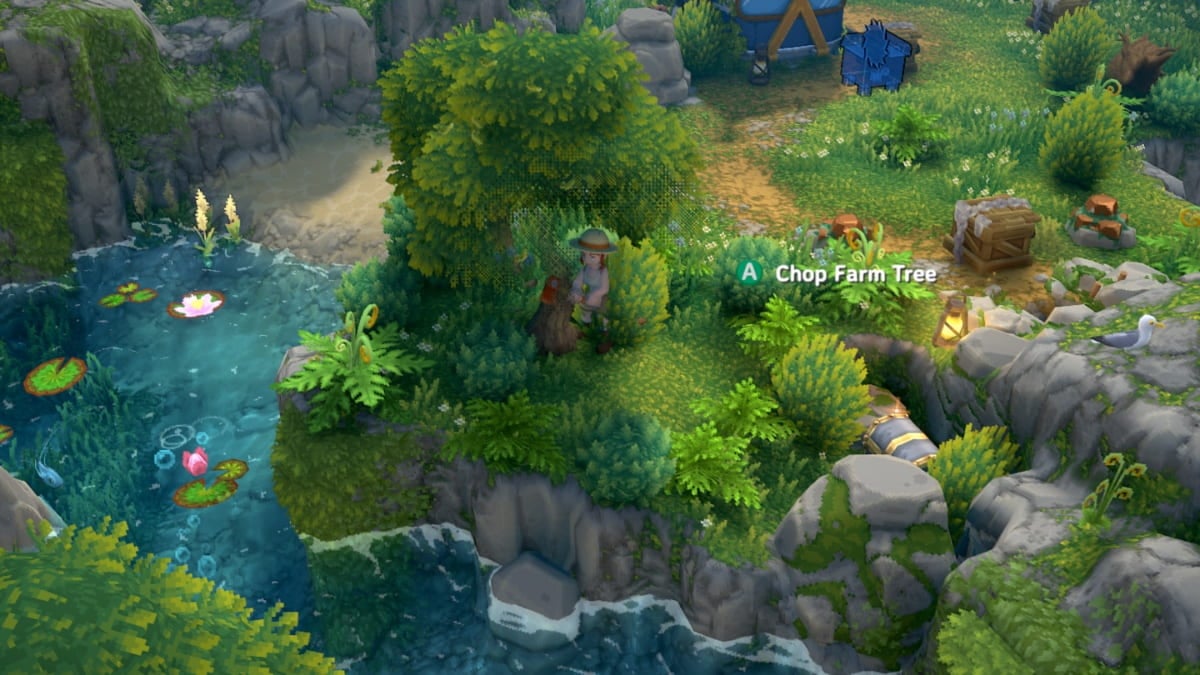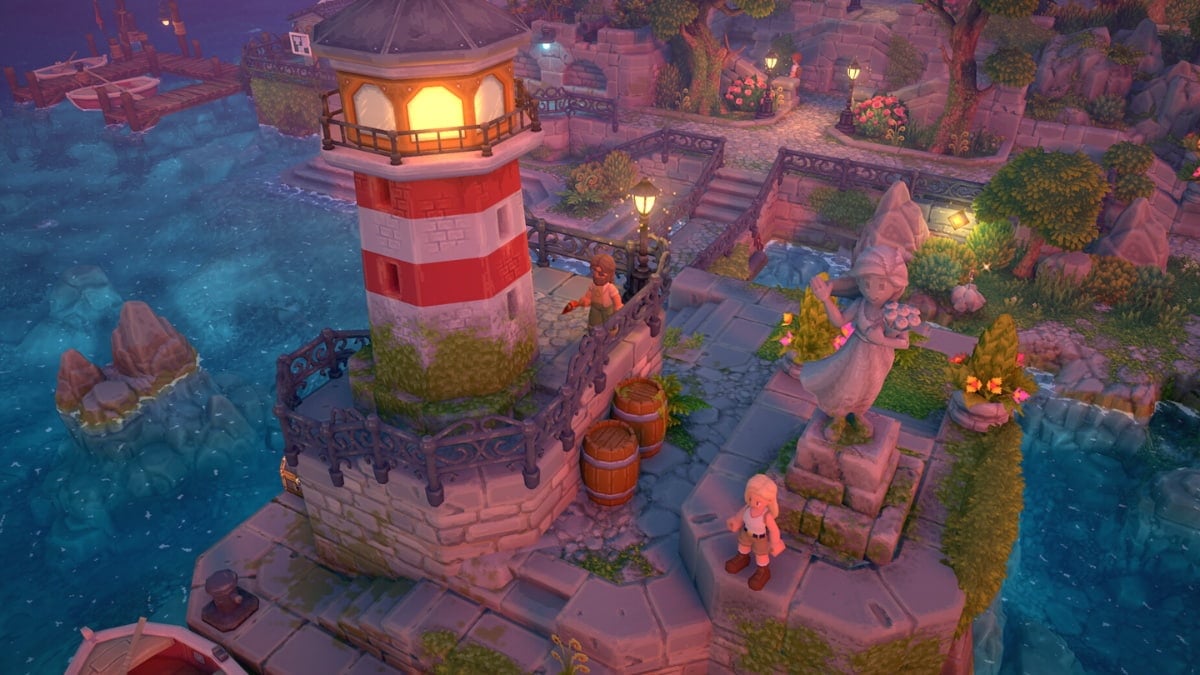At the risk of understatement, every major eSports title is massive in scope.
Every month, 32 million League of Legends players choose from 116 characters who can equip themselves with almost 200 items and use 1,000 abilities. At the same time, 6.5 million Dota 2 competitors choose from 112 heroes and 128 items. StarCraft 2 offers 111 units and 65 abilities. Millions of fans watch the best players from these games compete for tens of millions of dollars in prizes.
Now compare that to your average indie eSports title.
Divekick, a fighting game, uses a grand total of two buttons. Frozen Synapse, a tactical strategy game, boasts a slim six units. Hokra, an abstract sports game, is just a collection of fast-moving squares flying towards a goal.
 None of these indie games are the subjects of major international tournaments. They don’t require novel-length guides to play. But they’re still attracting a sizable number of serious competitive gamers. Why?
None of these indie games are the subjects of major international tournaments. They don’t require novel-length guides to play. But they’re still attracting a sizable number of serious competitive gamers. Why?
When it comes to indie, small is a selling point—and a necessity. Little or no funding means indie teams can’t invent vast universes for their games. Instead of delivering a futuristic physics engine and expensive, lifelike graphics, indie titles zero-in on a few key gameplay devices—and execute well. So sure, indie titles are small in scale. But that narrow focus can, in turn, deliver tremendous competitive experiences.
Indie is no longer a “a pimple on the game industry’s ass,” as developer Greg Costikyan once declared. But will any indie title ever reach the dizzying heights of success that titles like League of Legends have? And where does indie fit into the future of eSports?
…
Like many great creative minds, Paul Taylor and Ian Hardingham found inspiration late at night in university dorms.
“Ian played a lot of Tribes 2 at university,” Taylor said, “and my first actual eSports experience was watching him play an organized match online and then listening to a shoutcast of the same match later. There’s always been an awareness of that scene.”
Known today as Mode 7 Games, the two-man team wanted to make competitive games since day one. But indie studios always have to work within certain limitations.
That’s part of the reason Hardingham has always been dedicated to making a competitive game that could function on a low server population. Frozen Synapse, a turn-based tactics game in which small squads of soldiers clash in strategic warfare, is made so that even if only two people are online, you can play as many simultaneous games as you dare.
“Multiplayer indie games are really difficult to get going because of the community size needed to sustain a busy server population,” Taylor said. “I can imagine an indie eSport happening eventually, but I think it will be an outlier.”
Fittingly, Frozen Synapse’s competitive scene is largely limited to its online ladder and a small but hardcore group of players at Rock Paper Shotgun.
Games of Synapse move slowly and deliberately, with the rhythm and drama of a chess match. During each turn, players are faced with do-or-die decisions about where to move their few valuable pieces. Unlike chess, turns play out simultaneously so there is no first-move advantage. Instead, everything moves together in a chaotic symphony.
The graphics for Synapse are beautiful, minimalist, and classic cyberpunk. They’re also a compromise the developers had to make because the original ambition to make side-top perspective pixel art (think Zelda) proved too costly. But while the game’s look started as a classic indie cost-cutting measure, the simplicity has turned into a serious selling point.
“I’ve always felt that the best games will combine a low entry point with true, long-lasting depth,” said Hardingham.

Early designs for Frozen Synapse that were later discarded.
…
Divekick embodies the simplicity-as-a-selling-point philosophy. There are two buttons: dive and kick. The game, developed by indie studio Iron Galaxy, strips away the endless combos and seizure-inducing artwork of major fighting games and comes out the other side focused on mind games, spacing, and reaction time.
Divekick has gained much wider competitive success than Frozen Synapse. Much of the fighting game community has adopted it as one of their own. Dozens played it at Evo Championship Series in July, the biggest fighting game tournament of the year, where a modest live crowd received the game well. Thousands have watched the matches online. Divekick has continued its competitive run at a number of major tournaments ever since.
Maybe no one should be too surprised at that, however. Evo has a proven track record of bringing small indie competitive titles to their enthusiastic players. Take, for instance, Nidhogg, a high-speed, minimalist indie fighting game that has been tantalizing audiences since it was first revealed in 2010.
Other Evo successes include BaraBariBall, a competitive sports game, and SlashDash, a capture-the-flag game that won the Audience Choice Award at IndieCade 2013.
…
And then there’s Hokra, a fast-moving, FIFA-inspired sports game from Ramiro Corbetta that’s won prizes at international festival IndieCade. It’s one of the most highly anticipated indies out there. A 2012 tournament at the Singapore-MIT GAMBIT Game Lab showed off the game to a wide range of players. The winners were a group of young Brazilian men who just happened to walk by at the right time.
“They played differently,” wrote Abe Stein. “They passed. They moved without the puck. They communicated with one another. I sat there, a loser, the cord of my controller like a tail between my legs. My pride bruised and my competitive spirit awakened, I determined then to be better—to get better.”
 This is the ideal indie eSports experience. Anyone can learn and play Hokra instantly. But hidden in the simplicity is a depth that allows players to keep inventing and improving play. Two years later, no one has reached the seemingly simple game’s skill ceiling.
This is the ideal indie eSports experience. Anyone can learn and play Hokra instantly. But hidden in the simplicity is a depth that allows players to keep inventing and improving play. Two years later, no one has reached the seemingly simple game’s skill ceiling.
“We have played the game against each other for many, many hours,” designer Ramiro Corbetta wrote, “and I feel like we are still finding new ways to get better.”
It makes sense that a big game with a million moving parts can be replayed again and again. When small, minimalistic games find that golden replayability, it’s an achievement worth bragging about.
…
Nearly every indie eSports developer I spoke to said that the biggest challenge facing small teams are the limited play testers available to them. After all, how do you balance and improve a competitive game when you’re lacking competition?
“Playtesting a game that requires four players is pretty tough when you are working alone at home,” Corbetta said. “For a few months before I finished the original version of Hokra, a few New York City indies were getting together a couple of times a week to work on out games. That was super useful.”
Introducing these kinds of games to more competitive players at major eSports events might be the best chance they have to perfect their games and establish real eSports scenes, as the success of games shown at Evo demonstrates. Plus, it helps show just how accessible and fun the games really are.
“The most encouraging part of making the game,” wrote Adnan Agha, developer of SlashDash, “has just been going to all of these amazing events or just taking the game around and seeing people have fun with it.
“No matter how tired we get or how frustrating it can be, it is always so incredibly gratifying and energizing to see people’s faces light up when they play and to see them bring their friends back excitedly. It’s a really amazing feeling.”
…
Once upon a time, the simple but deadly Quake ruled eSports. The deathmatch genre has long since diminished. Since then, increasingly maximalist, big studio games like Counter-Strike, StarCraft, Marvel vs. Capcom, World of Warcraft and League of Legends have sat atop competitive gaming’s food chain with few exceptions.
Can a small game break into the top tier of eSports ever again?
“Right now,” said Robert Meyer, creator of indie fighting game Pulse of the Samurai, “I don’t think an existing minimalist eSport of even the highest quality, such as Hokra or Nidhogg, could reach top-tier status where it’s one of the 10 most viewed games on Twitch,” he added, referring to the most-popular video game site in the world, whose most-viewed list gives a strong indication of what’s trending in the industry. “I would be ecstatic if either of those games or any others proved me wrong.”
Being a small indie studio does come with benefits when creating a competitive game, however. The biggest boon, Meyer explained, “is that if the designer knows exactly how all the code and art is implemented, they can have very tight and nuanced control of their game systems, which is often incredibly useful and important for real-time actions games.”
Iteration is instant on small teams, added Hokra’s Corbetta. “If you have an idea or a change you want to make, you can do it right away.”
Many of the solo indie eSports developers we spoke with have worked on slightly bigger teams of six to 10 at some point in their career. Even that sort of seemingly small increase can introduce a slow-moving bureaucracy where changes can take weeks. That’s why Corbetta says he appreciates working solo.
With indie studios, ideas can move fast. When facing up against Goliath, David has to take every advantage he can get.
…
ESports has always been the goal for the two men behind Frozen Synapse. Now, three Independent Games Festival rejection letters and one massive hit later, the developers are ramping up to their second major release: Frozen Endzone.
Endzone is no sequel to Frozen Synapse, but its spirit endures. Instead of men with guns, Frozen Endzone stars giant robots playing a futuristic game like American football—except everything moves at the pace of chess. The cyberpunk aesthetic has been upgraded to graphics worthy of a beautiful, barebones sci-fi movie. But the underlying simplicity and depth of the Frozen franchise remains.
“I love going to the pub after a bridge match and hearing people discussing the hands,” designer Ian Hardingham said. “The way people talk about bridge—comparing the decisions they made and the perceptions they had on the same hand—really excites me, and it’s something I wanted to happen with Synapse and Endzone.”
At first, the idea of two Englishmen making a game so heavily influenced by American football is a little surprising. But then, football is a turn-based sport emphasizing significant, specific game events that bring great drama. Add to that the outlandish, bombastic nature of American sports and you’ve got a something awfully interesting to play. Making a turn-based strategy game out of football is one of those great ideas that seems obvious and brilliant in retrospect.
The holy grail of competitive gaming remains a low entry point and true, lasting depth. Hardingham and his partner Paul Taylor are cautiously optimistic about Endzone’s eSports’ prospects.
The simple, turn-based structure lends itself to other comparisons, too. In addition to bridge, there’s also an element of poker in the game, Taylor added.
“The audience can see and comprehend decisions the players are making. The real thrill comes from being surprised at what another human does in a situation you can fully place yourself in and empathize with.”
They’re making every effort to land on the top of Twitch and break into that top tier of games. But eSports is something you can’t force, Taylor said. Success in the industry is determined by a whole storm of variables beyond the control of the creators.
“We’ll just see how it goes.”
Illustration by Jason Reed







Published: Dec 12, 2013 08:00 am